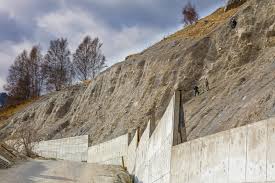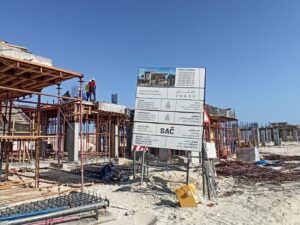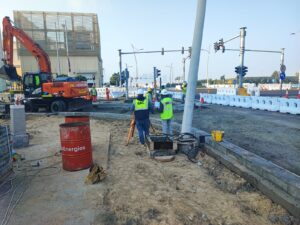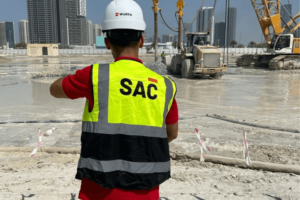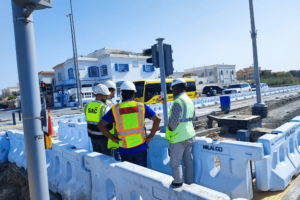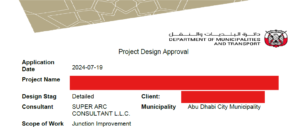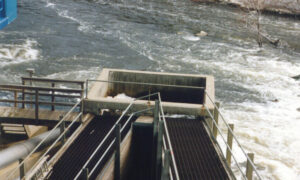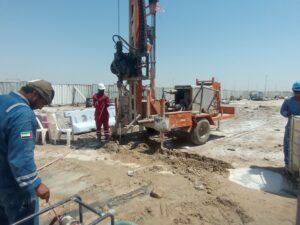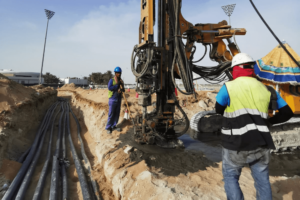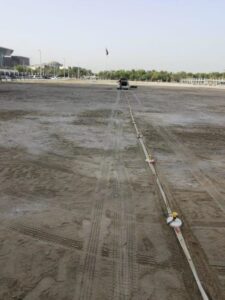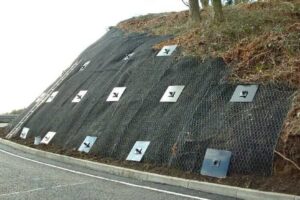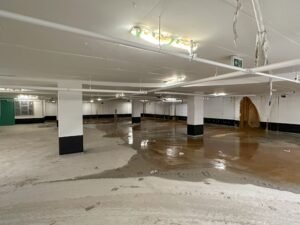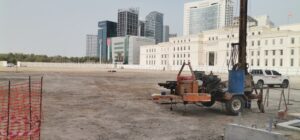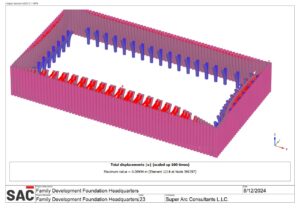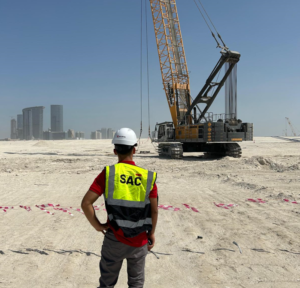Slope Stability
Slope stability is a critical aspect of geotechnical engineering and environmental management. It involves assessing and ensuring that slopes, whether natural or man-made, remain safe and intact over time. Unstable slopes can lead to landslides, which pose significant risks to human safety, infrastructure, and the environment. This blog will delve into the fundamental concepts of slope stability, the factors influencing it, methods of analysis, and strategies for maintaining stable slopes.
What is Slope Stability?
Slope stability refers to the condition of inclined soil or rock surfaces remaining in place without experiencing failure or movement. The stability of a slope is determined by the balance between the driving forces, which promote slope movement, and the resisting forces, which oppose it. When the driving forces exceed the resisting forces, slope failure can occur, leading to landslides.

Factors Affecting Slope Stability
Several factors influence the stability of a slope. These include:
-
- Geological Conditions: The type of soil or rock, its structure, and its stratification significantly impact slope stability. Weak or fractured materials are more prone to failure.
-
- Slope Angle: Steeper slopes are generally less stable because the gravitational force acting on the slope materials is higher.
-
- Water Content: Water can both increase the weight of slope materials and reduce their shear strength, leading to instability. Heavy rainfall, poor drainage, or high groundwater levels can trigger landslides.
-
- Vegetation: Roots of vegetation can help to bind soil particles together, increasing stability. However, the removal of vegetation can lead to increased erosion and slope failure.
-
- Human Activities: Construction, mining, deforestation, and other activities can alter the natural state of slopes, often reducing their stability.
Methods of Slope Stability Analysis
Engineers use various methods to analyze slope stability and predict potential failures. The most common methods include:
-
- Limit Equilibrium Methods (LEM): These methods assess the balance of forces on a slope and determine the factor of safety (FoS). Common LEM techniques include the Bishop, Janbu, and Morgenstern-Price methods.
-
- Numerical Methods: Advanced computational techniques like Finite Element Method (FEM) and Finite Difference Method (FDM) simulate slope behavior under different conditions, providing a detailed analysis of stress and strain within the slope.
-
- Empirical Methods: Based on historical data and observations, these methods use empirical relationships to predict slope stability. They are often used for quick assessments and preliminary studies.
Mitigation and Stabilization Strategies
To prevent slope failure, several mitigation and stabilization techniques can be employed:
-
- Drainage Control: Proper drainage systems can reduce water infiltration and manage surface runoff, thereby lowering the risk of slope failure due to water content.
-
- Reinforcement: Techniques such as soil nailing, geotextiles, and retaining walls can reinforce slope materials and improve stability.
-
- Grading and Terracing: Reducing the slope angle by grading or creating terraces can significantly enhance stability.
-
- Vegetative Cover: Planting vegetation can help stabilize slopes through root reinforcement and reduction of surface erosion.
-
- Rock Bolts and Anchors: These can be used to stabilize rock slopes by anchoring unstable rock masses to more stable underlying material.
Case Studies and Real-World Applications
Real-world applications of slope stability analysis and mitigation strategies are diverse. For example, in mountainous regions prone to landslides, comprehensive slope stability assessments are essential for infrastructure development. Coastal areas also face unique challenges, where erosion control measures are vital to maintain slope stability.
In urban environments, construction projects often require careful slope stability analysis to ensure the safety of nearby buildings and infrastructure. Mining operations, which frequently alter natural slopes, must implement robust stabilization measures to prevent hazardous landslides.
Conclusion
Slope stability is a complex but essential field that combines geology, engineering, and environmental science. Understanding the factors that affect slope stability and employing appropriate analysis and mitigation strategies are crucial for preventing landslides and ensuring the safety of both human populations and natural environments. As our understanding of slope dynamics continues to improve, so too will our ability to manage and maintain stable slopes in diverse settings.
